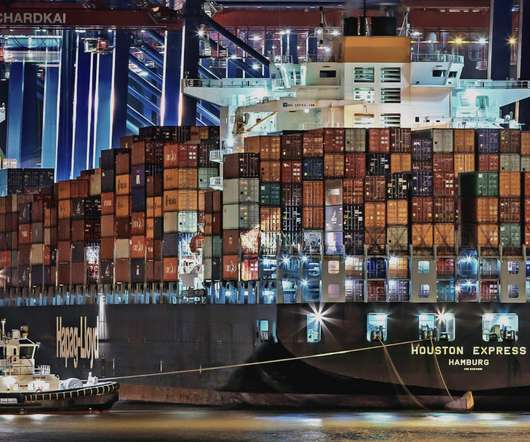Shipping Heavy Freight: Four Functions You Should Ask a Fulfillment Center To Help With
Amware Logistics and Fulfillment
JUNE 28, 2018
Once upon a time, most people would have thought twice before ordering furniture, a piece of exercise equipment, or a kitchen appliance online. Meanwhile Forrester Research estimated that eCommerce purchases of furniture would grow at a compound annual rate of about 15% from 2014 to 2019.














Let's personalize your content